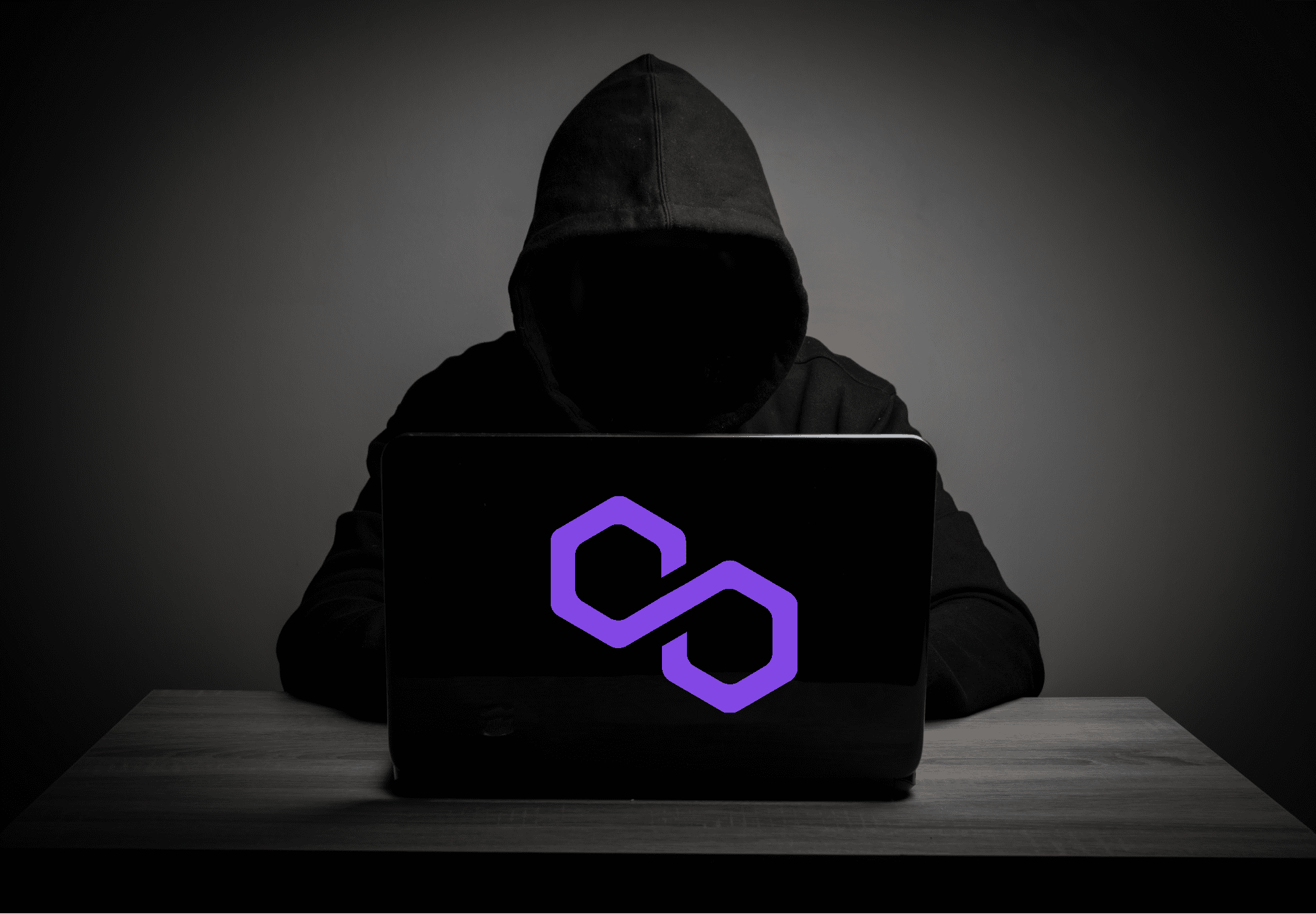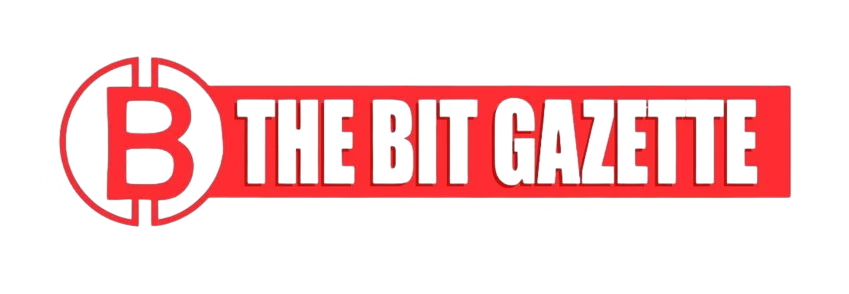A Manhattan federal judge declared a mistrial Friday in the case of two MIT graduates accused of stealing $25 million through a 12-second Ethereum blockchain manipulation.
The jury deadlocked on whether Anton and James Peraire-Bueno committed wire fraud and money laundering by exploiting MEV-boost software, leaving prosecutors to decide whether to retry the case.
On Friday, Judge Jessica G.L. Clarke dismissed the jury after it failed to reach a unanimous verdict, leaving the fate of the MIT brothers crypto heist hanging in the balance. The mistrial underscores growing questions about blockchain integrity and legal boundaries within decentralized finance (DeFi).
Blockchain Under Fire: How the MIT Brothers Crypto Heist Unfolded
According to Damian Williams, U.S. Attorney for the Southern District of New York, the MIT brothers crypto heist represented a “first-of-its-kind” wire fraud and money laundering conspiracy. Prosecutors alleged that Anton and James exploited a flaw in the Ethereum blockchain’s MEV-boost software, a tool used by validators to confirm legitimate transactions.
Assistant U.S. Attorney Ryan T. Nees claimed the brothers conducted a “high-speed bait-and-switch” scheme designed to trick automated trading bots into executing fraudulent transactions.
“The brothers planted a trade that looked like one thing from the outside but was secretly something else. Then, just as the defendants planned, the victims took the bait,” said Nees during his opening remarks.
This intricate manipulation allegedly generated $25 million in just 12 seconds, making the MIT brothers crypto heist one of the most sophisticated blockchain exploits in U.S. legal history.
From MIT Labs to Blockchain Schemes
Both brothers boast elite academic backgrounds. James Peraire-Bueno, who graduated from MIT in 2019 with degrees in Mathematics and Aerospace Engineering, and Anton Peraire-Bueno, a 2024 computer science graduate, were reportedly well-versed in complex algorithms and trading mechanics — skills prosecutors claim they weaponized in the MIT brothers crypto heist.
However, defense attorneys painted a different picture. Katherine A. Trefz of Williams & Connolly described them as “true nerds,” driven by curiosity, not criminal intent.
“What drew them to this trading environment was its competitive and innovative aspects,” said Trefz, arguing that their actions were part of a legal, if unconventional, trading strategy.
Defense lawyer William Fick further claimed that the brothers’ Ethereum trades were an attempt to counteract “predatory trading bots” that profit through “sandwich attacks.” He argued that the MIT brothers crypto heist narrative was a mischaracterization of a legitimate market innovation gone misunderstood.
“They weren’t stealing; they were fighting back against exploitative systems,” Fick told jurors.
During the trial, testimony revealed that the brothers founded a cryptocurrency startup called 18 Decimals, which prosecutors allege served as the vehicle for the heist. The firm employed at least two people and engaged in automated trading strategies across multiple blockchains.
Crypto Community Reacts to MIT Brothers Crypto Heist
The MIT brothers crypto heist has ignited fierce debate in the crypto community. Some see the case as a warning shot for DeFi regulation, while others argue it highlights the gray areas in blockchain law.
Ethereum core developer Preston Van Loon commented on X (formerly Twitter), “This case isn’t just about two traders — it’s about whether blockchain manipulation counts as fraud in a permissionless system.”
Meanwhile, analysts at Coin Metrics noted that the incident could “trigger a reevaluation of validator protocols” across Ethereum’s network, as the mistrial leaves uncertainty over how far innovation can go before crossing into illegality.
With the mistrial declared, prosecutors must now decide whether to retry the case or pursue a settlement. If convicted, the brothers could face decades in prison. Yet, the unresolved MIT brothers crypto heist case also leaves behind deeper questions — about innovation, ethics, and accountability in crypto’s evolving landscape.
For now, the MIT brothers crypto heist remains both a legal enigma and a moral reckoning for an industry still defining its own rules.










